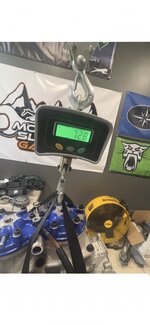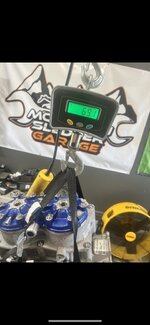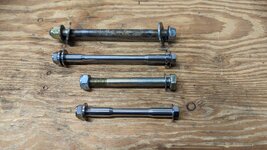Those of you that have used titanium bolts/nuts over the years, can you give some feedback. This summer I started down the path of exchanging out rotating parts to titanium. Primary, Secondary, QD2, clutch cover bolts, weight pins, starter cup bolts. I used blue loctite on these without using a primer.
I then ordered a nextech carbon skid last week and was reading his instructions on installing it. He recommends using primer and red loctite. The primer being used to help the metal interact with the loctite. Also read to not use impacts on the titanium.
My question is, will my "non primed" blue loctited rotating parts be ok? Or do I need to take them all back off and prime and blue loctite? I don't want to use red on these rotating bolts as there is a high likely hood I may need to remove them.
I then ordered a nextech carbon skid last week and was reading his instructions on installing it. He recommends using primer and red loctite. The primer being used to help the metal interact with the loctite. Also read to not use impacts on the titanium.
My question is, will my "non primed" blue loctited rotating parts be ok? Or do I need to take them all back off and prime and blue loctite? I don't want to use red on these rotating bolts as there is a high likely hood I may need to remove them.






